ПИЗА ДАЙЫНДЫ0 ТАПСЫРМАЛАРЫ ОҚУ САУАТТЫЛЫҚ. Гендіктрыданзгеріскешырааннімдер
 Скачать 2.38 Mb. Скачать 2.38 Mb.
|
Scientific literacyTask 1. Microorganisms Cyanobacteria are most similar to the most ancient microorganisms, the remains of which (over the age of 3.5 billion years) are found on Earth. Also referred to as blue-green algae. The only non-nuclear cage these organisms is divided in half, or just a few pieces. Each piece is a holistic functional organism. 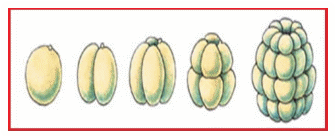 Fig. 1 Question1.What is a blue green algae after 15 - breeding, if they reproduce by dividing in half (Figure 1).? A. 32768 B. 16587 C. 12.554 D. 14548 Answer:. Question2.What is the multiplication is performed parental individual on their own, without the exchange of genetic information with other individuals? In asexual form Vegetative reproduction Fragmentation (body division) Answer:. Question 3. A person is constantly updated skin. In simpler organisms possible recovery of entire organs. The ability of living organisms to restore damaged tissues and organs is called regeneration. Which of the following methods of asexual reproduction are not based on regeneration? Spore formation Budding Fragmentation Vegetative reproduction Answer:. Question4.Once in the favorable conditions of blue green algae at the end of 20-minute bacteria are divided into two, each of them by the end of the next 20 minutes is divided again into two and so on. Find the number of bacteria by the end of the day. A. 4722366482869645213695 B. 4722366482869645213696 C. 3722366482869645213695 D. 5722366482869645213695 Answer:. Task 2. Snail Snail - one of the largest land snails in our country, and its shape is familiar to each of us: an asymmetrical body, wide flat "foot", two pairs of tentacles and a pair of eyes. Shell color varies from yellow-brown to brownish-white. 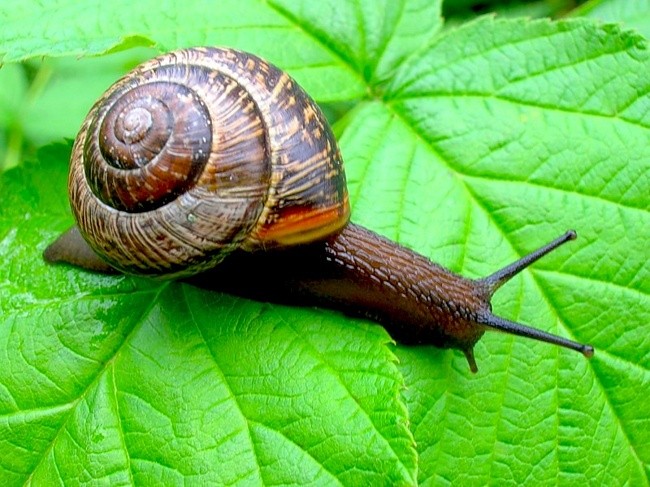 Fig. 2 Question1.What determines the color of the shell? A. from food intake The age B. C. the shape of the shell D. shell on the number of revolutions Answer:. Question2.How to distinguish the age of snails? over the thickness of the shell edge otverstvija by muscular contractions on the shell color for the shell-shaped Answer:. Task 3. Cell Cage is a structural unit of any organism. At the same time she is an entire living system (Figure 3). 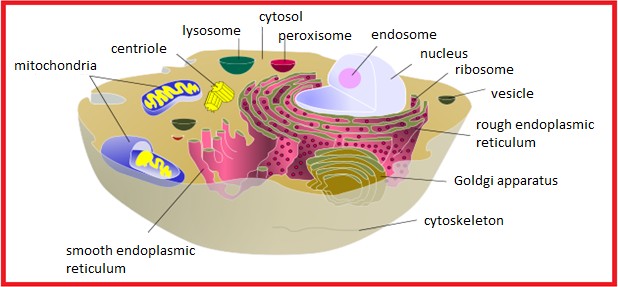 Figure 3 Question1.What is the structure of the cell is shown in Figure 3? 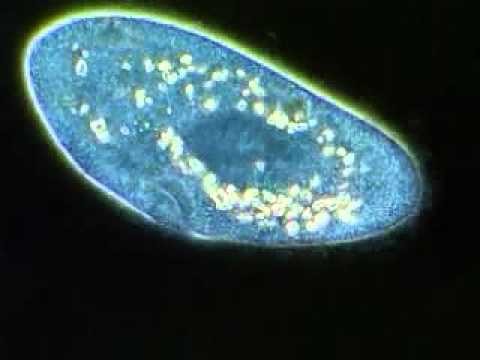 Figure 4 endoplasmic reticulum plasma membrane Golgi complex vacuole Answer:. Question 2. What are the branch of biology that studies living cells and their organelles, their structure, function, cell division processes, aging and death. cytology photobiology physiology immunology Answer:. Task 4. Skin In Biology - outer covering of vertebrates is called a skin. The skin protects the body from a wide range of external factors, is involved in respiration, thermoregulation, metabolism and many other processes. Moreover, the skin presents a massive receptive field of various kinds of surface sensitivity. 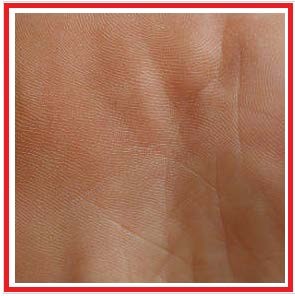 Figure 5 Question 1. The skin is the largest organ on the square. What is the percentage of the weight of the skin relative to body weight? 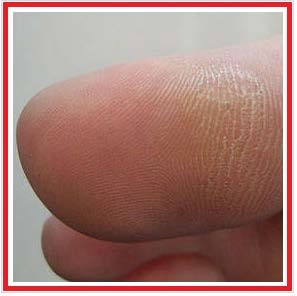 A. 12-15% A. 12-15%B. 10-25% C. 8-11% D. 25-30% Answer:. Question 2. Skin thickness is different on different parts of the body. What part of the body covered by the thinnest skin? A.Ladon B.Stopa C. Eyelids D. Stomach Answer:. Figure 6 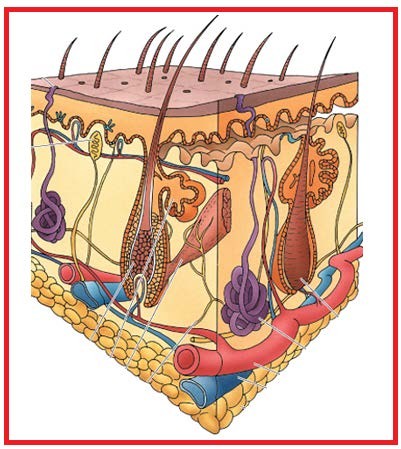 Question 3. The skin is composed of layers of different embryonic origin. Question 3. The skin is composed of layers of different embryonic origin.What is the outer layer of skin? Follicles Hypodermis Dermis Epidermis Answer:. 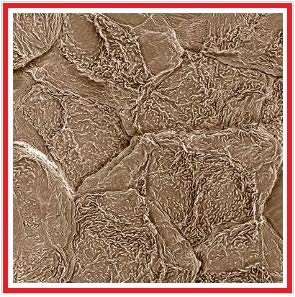 Figure 7 Figure 7Question 4: The skin - the body that is updated more frequently than any other. Hourly your skin loses about 600,000 horny scales. Their weight is 700 - 800 grams. And by the age of 70 lost about 60 kg of skin. How long does it take to change all the cells? Figure 8 22-25 days 30-40 days 52-77 days D. 100-120 days Answer:. Task 5. Wood 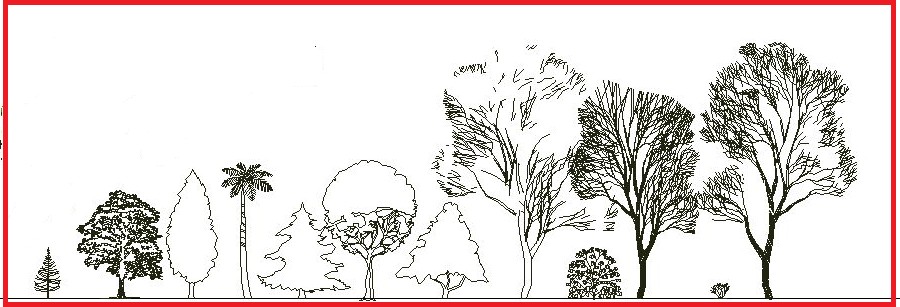 The tree (lat árbor.) - A vital form of woody plant with a single, clearly marked, many years, in different stepeniodrevesnevshey, continuing throughout life, an extensive (except trees) main axis - the barrel. The tree (lat árbor.) - A vital form of woody plant with a single, clearly marked, many years, in different stepeniodrevesnevshey, continuing throughout life, an extensive (except trees) main axis - the barrel.Figure 9 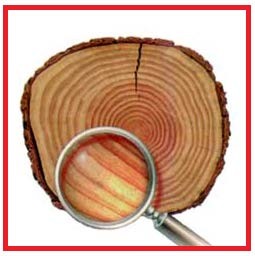 Question1.How to determine the age of a coniferous tree, if the tree trunk sawed across? Question1.How to determine the age of a coniferous tree, if the tree trunk sawed across?Concentric circles Color crust For trunk thickness Height of the tree Answer:. Question2.Show the three main parts of the tree Root, stem, crown Figure 10 Pith, cambium, shtamb S. Crown, bole, core D. Root, trunk, bole Answer:. Tasks 6. TheproblemoftheAral Sea One of the consequences of anthropogenic human activity, is the Aral Sea problem. The ecological situation caused considerable damage to the Aral region population. Mainly affected children, as well as residents of villages and towns in the region. The region has the highest mortality rate of children and mothers. The number of both infectious and parasitic, psychosomatic diseases. Medical experts have linked them with sea desiccation. Question1.What are the prospects or event could prevent the drying of the Aral Sea? Answer:. Question 2. Formulate a question related to the improvement of the environmental problems that can be scientifically - studied. Answer:. Task 7. TheIsland "Barsakelmes". Based on the information about the island "Barsakelmes" give one plausible explanation for reducing the number of wild asses in the period under review (from 70 to 20 years ago). Answer:. Question 2. In Table 1, shown below, shows the total number who have given birth, and the number of surviving juveniles wild asses in the island "Barsakelmes" for two consecutive years. Table 1.
The man, who saw this table, said that it shows that the number of wild asses is constantly growing. Is there enough data in the table to make such a conclusion? Explain your answer. Answer:. Task 8. Windmills Structures Figure 11 - is a windmill with lopostyami which rotate due to wind. These rotations generators produce electricity. The stronger the wind, the blades rotate faster windmills and so produces more electric power.  Figure 11 But in fact, between the wind speed and the generated electricity is no direct connection. Below are the four conditions under which the energy actually produced by the wind. The blades start rotating when the wind speed is equal to V1. Safety reasons, the rotation speed of the blades will not increase when the wind speed becomes greater than V2. When the wind speed equal to V2 is, electric power is maximized. The blades stop rotating when the wind speed is equal to V3. Question. Which of the graphs in Figure 12 best shows the relationship between wind speed and electric power generated under these working conditions? Answer:. 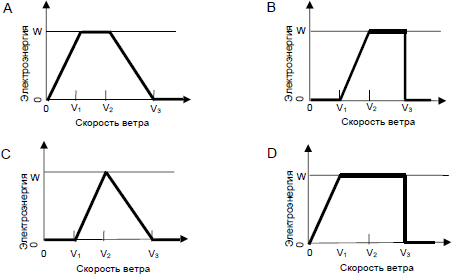 Электроэнергия – Electric power Скорость ветра – Wind speed Figure 12 Task 9. Antibiotics Many diseases can be cured with antibiotics. However, the positive effects of some antibiotics against puerperal fever has decreased in recent years. Question.What is the reason for this? After making antibiotics gradually lose their activity. Bacteria develop resistance to antibiotics. C These antibiotics only help against puerperal fever, but not against other diseases. D. The need for these antibiotics has decreased because in recent years have greatly improved conditions for the provision of medical care. Answer:. Task 10. Water Figure 13 below shows how the water, which is supplied to the urban house becomes potable. 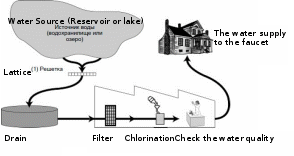 Figure 13 Figure 13Water treatment is often carried out in several stages, including various methods of purification. The purification process shown in Figure 13, includes four steps (numbered 1-4). The second stage water is collected in the sump. Question1. How is the water treatment at this stage? Bacteria in the water are killed. Water added oxygen. S. Gravel and sand settle at the bottom. D. Toxic substances are dissolved. Answer:. Question 2. Build the alternative option (circuit) water purification technology from the Caspian Sea, and convert it suitable for agricultural purposes, as well as for consumption and use in urban areas Answer:. Question 3. Factory Lead-nickel batteries produced wastewater discharges into a closed reservoir. What are the likely consequences of this act for the reservoir and the human inhabitants? Causes various diseases Yes / No Affects mental ability, causes aggressiveness Yes / No The following generations will affect all the consequences of anthropogenic pollution of water Yes / No Answer:_. Question4.Calculate the amount of clean water that is spent aimlessly at the bad valve is closed for an hour per day, and if the glass (250 ml) filled in a minute Answer:_. Question5.Daulet spilled water into sulfuric acid to dilute it and burned, why? Because sulfuric acid and water are the same density of matter Above the surface of sulfuric acid there is always a pair while connecting them with the reaction water is infused. Mixed with water in all proportions, and the small amount of heat, and the reaction takes place Sulfur allocates little energy Answer:. Task 11. Water Can drinking polluted water cause the following diseases? Circle "Yes" or "No" for each case (Table 2). Table 2.
Task 12. Salt Salt! Is civilized people think without his meal? And extract it without difficulty, and it costs a penny. Only, perhaps, a mineral that we eat in its natural form, except that the ground to the desired state. Sauerkraut, pickles, salted and dried fish - salt is everywhere, so accessible and regular. Chemists call table salt - a necessary component of food. 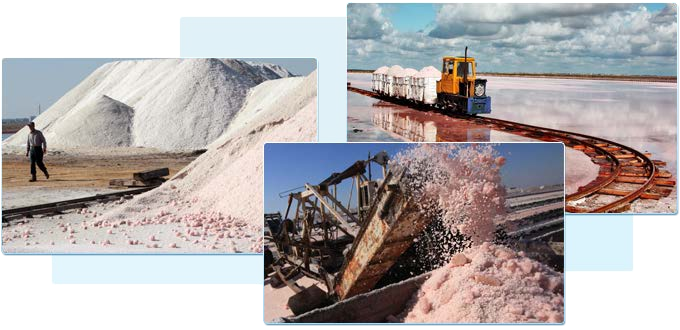 Figure 14 Question 1. When in Ireland there was a painful punishment: prisoners received only bread and water without the addition of this substance. After a while these people died, and their bodies began to decompose immediately ... And the inhabitants of some island states, to satisfy the need for this matter, eating raw fish, dipping it in salt water. What is this stuff? H2O NaCl NaI Na2CO3 Answer:. Question 2: How can I clear the table salt, polluted river sand? A Salt solution may be cleaned from sand evaporation yes / no B. The salt solution can be separated from the sand filtration yes / no C. The salt solution from the sand may be cleaned with cold water Yes / No Answer:. Question3:  S------ SО2 H2SO3 S------ SО2 H2SO3 |
